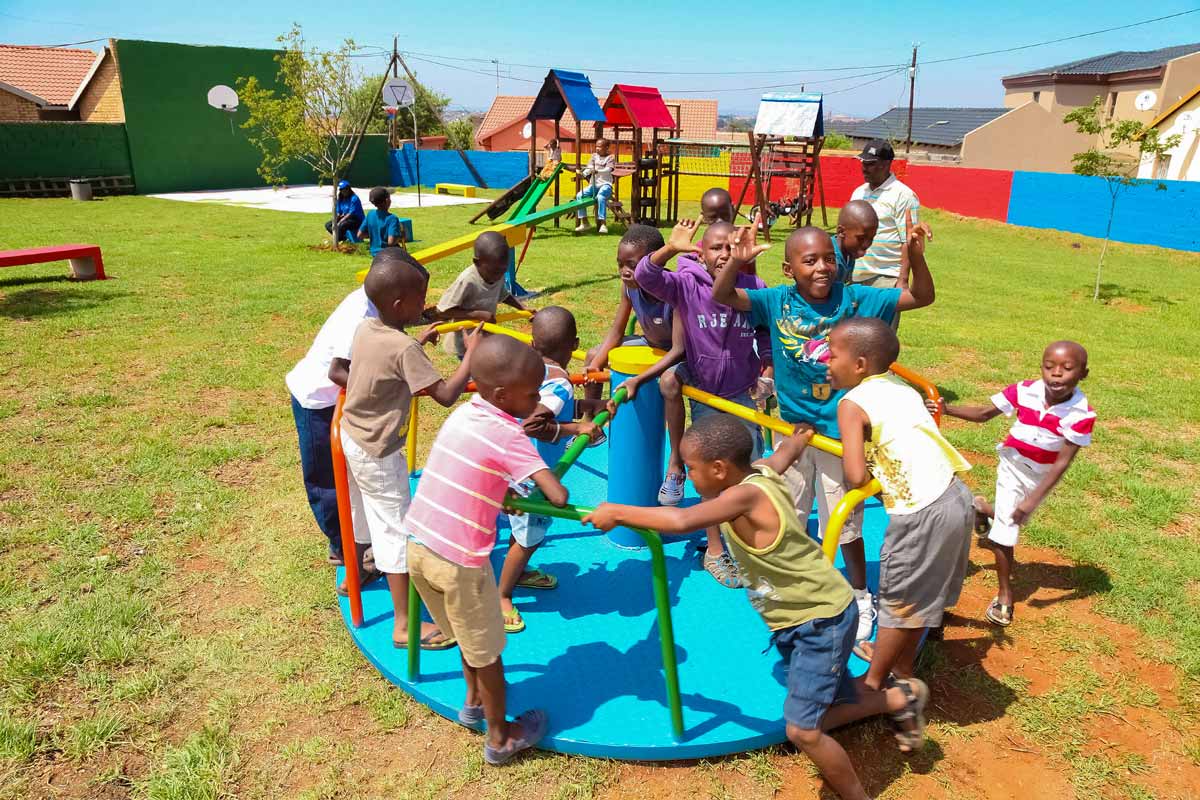Education
September Heatwave Hits NYC Students on First Day of School

By Fern Gillespie
When over one million children reported to New York City public schools on the first day of class, it was the third straight day of a September heatwave with temperatures in the 90s. The temperature on that Thursday reached a sweltering 93 degrees. It was part of a three-day heat wave that sent temperatures 20 degrees higher than usual.
On the first day of school, many of the students and the school staff were confronted with hundreds of broken air conditioners in the schools. Students had to be moved to cafeterias and classrooms that had air conditioning. There were children and staff that had gotten heat sickness with temperatures of 82 degrees recorded in some classrooms and nearly 90 in gyms, according to reports.
The New York City Department of Education has committed to an air conditioner in every classroom this academic year. Michael Mulgrew, the president of the United Federation of Teachers, the teachers’ union, said that without total air conditioner coverage, his members and their students were at a disadvantage. “They haven’t finished the job to make sure every classroom is air-conditioned,” he told WPIX-TV.
“Extreme heat can slow cognition and increase anxiety and thus impair learning. This can cause heat illness, such as heat cramps, heat exhaustion, or heat stroke,” Dr. Hetal Tangal, associate medical director of ambulatory care services at Brookdale Hospital and Medical Center, told Our Time Press.
A Black 12-year-old boy in Southern California, Yahshua Robinson, passed out and died after he was forced to run in high temperatures at school during physical education class on August 29. The temperature at the time was in the low to mid-90s. Tragically, his aunt, Amarna Plummer, said the teacher told Yahshua to run in the heat because he failed to dress properly for the P.E. class.
“Kids are at risk for heatstroke if they overdress or do intense physical activity in hot weather without drinking enough liquids,” said Dr. Tangal. “Heatstroke is a life-threatening medical emergency. In heatstroke, the body cannot regulate its own temperature. Body temperature can soar to 106 degrees or even higher. It can lead to brain damage or even death if it isn’t treated right away. Quick medical care is needed.”
This extreme weather heatwave is an environmental justice issue. The Climate Action Campaign (CAC) has launched a map tracking school closures due to climate change including hurricanes, floods, and blizzards in some states throughout the country. The CAC “Extreme Absence: Missed School Days Due to Climate Change” school closure tracker directly connects these extreme weather events to school closures, and makes the case for bolder action to tackle the climate crisis and present policies for climate change.
“We are seeing in recent years more frequent extreme weather events, with more damaging outcomes, driving more school closures and more time away from the classroom for students,” announced Margie Alt, director of the Climate Action Campaign. “The point is to show that climate change is impacting all facets of life including the education of our children.”
Due to climate change, back-to-school seasons with temperatures in the 90s will not be uncommon, Rohit T. Aggarwala, New York City’s chief climate officer, told the New York Times.
“What we’re going to see — we’ve already seen it here and around the world in the last 10 years, is basically whatever the profile is, it just gets elevated,” he said. “So just like July and August are hotter, September is going to be hotter.”













